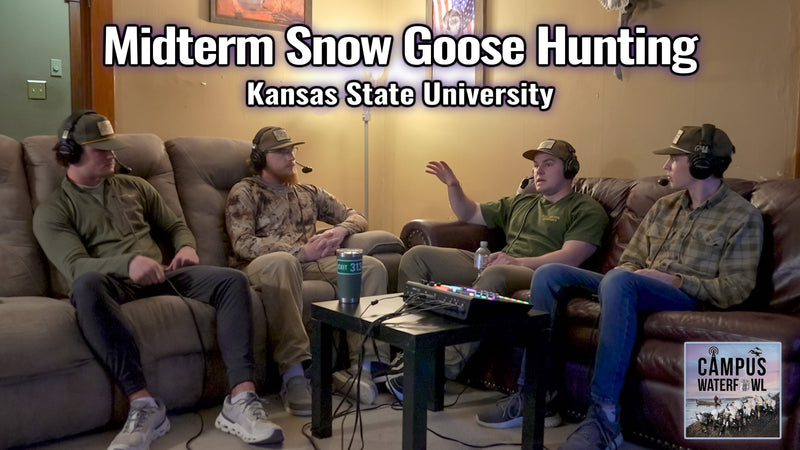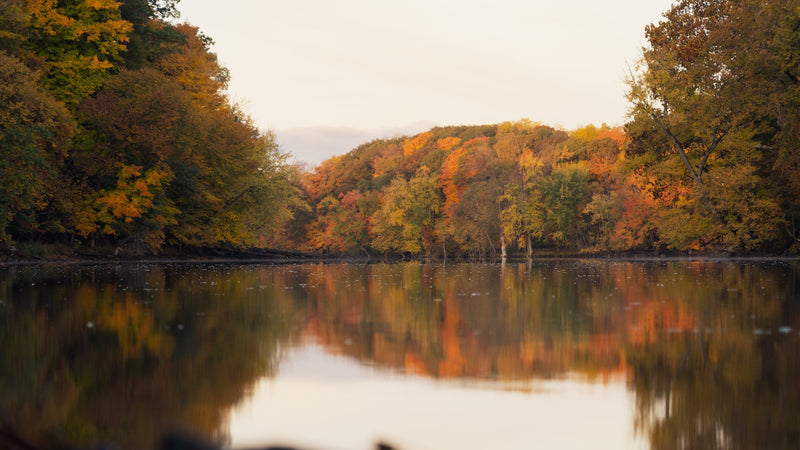Unraveling the Secrets of Great Lakes Mallards: A Deep Dive with Michigan State University
Podcast Insights: Michigan State University's Research on Great Lakes Mallards
In our podcast episode, we ventured deep into the realm of waterfowl research. Joined by our host, Derek Christians, and distinguished guests from MSU and Ducks Unlimited, we discussed the intricate study of Great Lakes Mallards at Michigan State University. The conversations revolved around the movements, behaviors, and population dynamics of these birds, providing a comprehensive understanding of their existence in the Great Lakes region.
Ben Luukkonen, a PhD student at MSU, elaborated on his research, emphasizing the movements and population dynamics of Great Lakes Mallards. The collaborative efforts of researchers across several states aim to decipher the decline in mallard populations over recent years. With the aid of GPS transmitters on hen mallards, the research offers a granular view of their behaviors, movements, and habitats.
Video Exploration: The Science Behind the Great Lakes Mallard Mystery
Our video takes viewers on a captivating journey into the heart of the Great Lakes region. We uncover the underlying reasons for the declining mallard populations and spotlight the latest research findings from Michigan State University. From GPS tracking to understanding urban habitats and hybridization, the video is a treasure trove of information for every waterfowl enthusiast.
The decline in the population of Great Lakes Mallards has been a topic of concern for researchers and conservationists. With a plethora of GPS data collected from numerous mallards, the research provides invaluable insights that can guide conservation strategies.
Conclusion
Our Michigan expedition showcased the commitment and passion of researchers, conservationists, and waterfowl enthusiasts in preserving the rich waterfowl heritage of the Great Lakes. As we continue to unravel the mysteries of the Great Lakes Mallards, we remain hopeful for a brighter future for these magnificent birds.
For more insights, research, and waterfowl hunting tips, explore other articles on Campus Waterfowl. Join our community and immerse yourself in the world of waterfowl hunting and research with Campus Waterfowl!





Leave a comment
Please note, comments must be approved before they are published